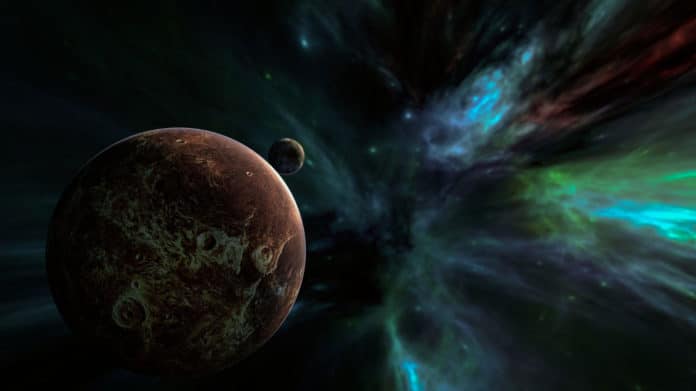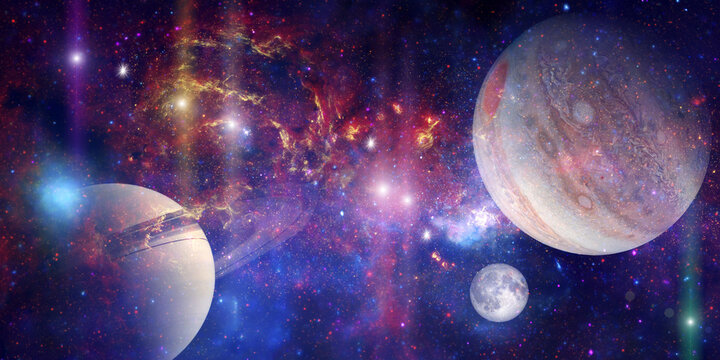 Credit: Pixabay
Credit: Pixabay
As part of a study in collaboration with teams from the European Space Agency (ESA) and the body’s Gaia spacecraft, scientists from Tel Aviv University have discovered two new planets in remote solar systems within the Milky Way galaxy. These planets- Gaia-1b and Gaia-2b- are referred to as “Hot Jupiters” due to their size and proximity to their host star.
The discovery marks the first time the Gaia spacecraft successfully detected new planets.

TAU’s Prof. Shay Zucker, Head of the Porter School of the Environment and Earth Sciences, said, “The discovery of the two new planets was made in the wake of precise searches, using methods of artificial intelligence. We have also published 40 more candidates we detected by Gaia. As we did for the first two candidates, the astronomical community will have to corroborate their planetary nature.”
“The measurements we made with the telescope in the U.S. confirmed that these were, in fact, two giant planets, similar in size to the planet Jupiter in our solar system, and located so close to their suns that they complete an orbit in less than four days, meaning that each Earth year is comparable to 90 years of that planet.”
Planets in remote solar systems were first discovered in 1995 and have been an ongoing subject of astronomers’ research ever since, in hopes of using them to learn more about our solar system.
While tracking the location of the stars, Gaia also measures their brightness — an incomparably important feature in observational astronomy since it relays essential information about the physical characteristics of celestial bodies around them. Changes in the brightness of the two remote stars led to the discovery.
Doctoral student Aviad Panahi from the Raymond and Beverly Sackler School of Physics & Astronomy said, “The planets were discovered thanks to the fact that they partially hide their suns every time they complete an orbit, and thus cause a cyclical drop in the intensity of the light reaching us from that distant sun.”

“The new planets are very close to their suns; therefore, the temperature is extremely high, about 1,000 degrees Celsius, so there is zero chance of life developing there. Still, I’m convinced that countless others have life on them, and it’s reasonable to assume that in the next few years, we will discover signs of organic molecules in the atmospheres of remote planets. Most likely, we will not get to visit those distant worlds any time soon, but we’re just starting the journey, and it’s very exciting to be part of the search.”








